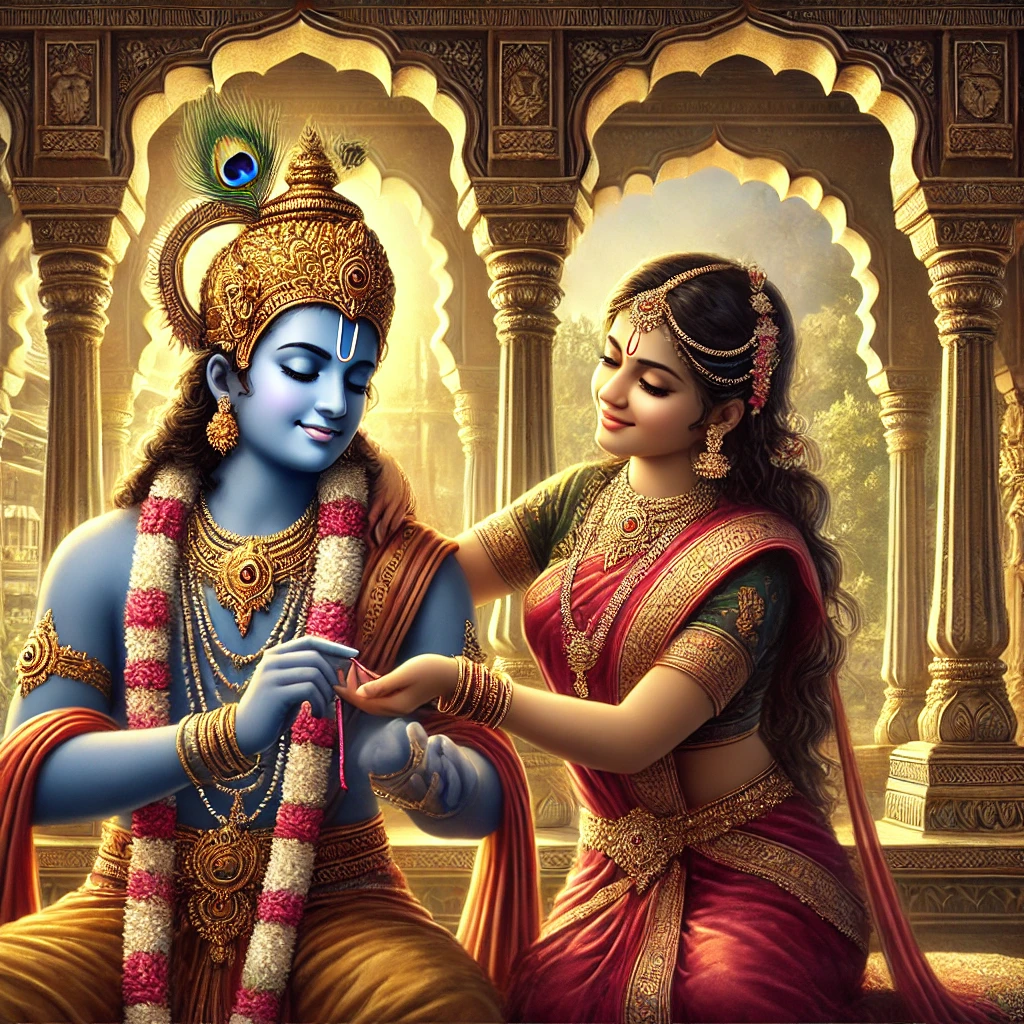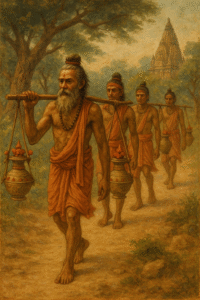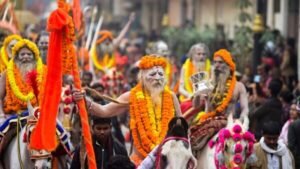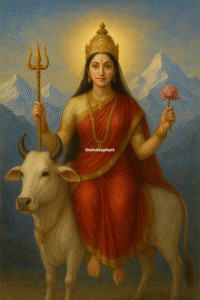
Introduction
Raksha Bandhan, often simply called Rakhi, is a widely celebrated festival in India and other parts of South Asia. It falls on the full moon day of the Hindu month of Shravana, typically in August. The festival is a beautiful representation of the bond between brothers and sisters, symbolizing love, protection, and commitment. Beyond its religious significance, Raksha Bandhan has cultural and social importance, fostering family values and togetherness.
Historical and Mythological Background

Raksha Bandhan is steeped in various myths and legends, each highlighting the essence of sibling love and protection:
- Draupadi and Lord Krishna: One of the most popular tales is that of Draupadi and Lord Krishna. According to the Mahabharata, Draupadi once tore a piece of her sari to bandage Krishna’s bleeding finger. In return, Krishna promised to protect her whenever she was in trouble. This story is often cited as a foundation for the Rakhi tradition.
- Goddess Lakshmi and King Bali: Another significant legend involves Goddess Lakshmi and the demon king Bali. The story goes that Lakshmi tied a Rakhi on Bali’s wrist, making him her brother. In return, Bali allowed Lord Vishnu, who was protecting Bali’s kingdom, to return to his abode with Lakshmi.
- Yama and Yamuna: In Hindu mythology, Yama, the god of death, had a sister named Yamuna. On every Raksha Bandhan, Yamuna would tie a Rakhi on Yama’s wrist, and in return, he would grant her immortality. This myth emphasizes the idea of eternal protection and the strong bond between siblings.
- Rani Lakshmibai and Nana Sahib: An interesting tale from Indian history involves Rani Lakshmibai of Jhansi and Nana Sahib. Rani Lakshmibai, one of the leading figures of the Indian Rebellion of 1857, is said to have considered Nana Sahib as her brother. According to some accounts, she tied a Rakhi to him, and in return, Nana Sahib promised to protect her and her kingdom. This story, while not as well-documented as other historical events, symbolizes the spirit of unity and mutual protection during times of struggle.
While the tale of Rani Karnavati and Humayun is often mentioned in popular culture, it lacks historical evidence and is considered more of a myth than a factual account. Historians have found no credible documentation to support this story, and it is believed to have been popularized much later.
Rituals and Celebrations
Raksha Bandhan is marked by various rituals that emphasize the sanctity of the bond between siblings:
- Tying the Rakhi: The sister ties a Rakhi (a sacred thread) around her brother’s wrist, symbolizing her love and prayers for his well-being. In return, the brother pledges to protect her from all harm and offers her a gift as a token of his appreciation.
- Puja and Aarti: Before tying the Rakhi, sisters often perform a small puja (prayer) for their brothers. They apply a tilak (a mark) on their brother’s forehead, perform an aarti (a ritual of waving a lamp) to ward off evil, and then tie the Rakhi.
- Exchanging Sweets: Sweets are an integral part of the celebration. After the Rakhi is tied, the brother and sister exchange sweets, signifying the sweetness of their relationship.
- Gifts: Brothers often give gifts to their sisters as a gesture of love and appreciation. These can range from traditional items like clothing and jewelry to modern gadgets and gift cards.
- Family Gatherings: Raksha Bandhan is also an occasion for family gatherings, where relatives come together to celebrate the bond of love and protection that unites them.
Significance and Modern-Day Relevance
Raksha Bandhan has evolved beyond its traditional boundaries and has come to represent a broader concept of protection and care:
- Gender Inclusivity: While traditionally celebrated between brothers and sisters, Raksha Bandhan has expanded to include sisters tying Rakhis to each other, and even friends exchanging Rakhis as a symbol of their bond.
- Raksha Bandhan in the Armed Forces: In recent years, there has been a growing trend of women tying Rakhis to soldiers, police officers, and other protectors of society. This gesture acknowledges the protection these individuals provide and extends the Rakhi bond to include all those who safeguard others.
- Social and Environmental Causes: Some people have started celebrating Raksha Bandhan by tying Rakhis to trees, symbolizing a commitment to protect the environment. This has given the festival a new dimension, aligning it with contemporary issues like environmental conservation.
- Global Celebrations: With the Indian diaspora spread across the world, Raksha Bandhan is now celebrated globally. Families abroad continue the tradition, adapting it to their local context while maintaining its essence.
Raksha Bandhan is more than just a festival; it is a celebration of the enduring bonds that hold families and communities together. Whether it’s the traditional rituals, the modern interpretations, or the underlying message of love and protection, Raksha Bandhan remains a significant and cherished part of Indian culture. As the festival continues to evolve, it serves as a reminder of the importance of relationships and the values that bind us as a society.






